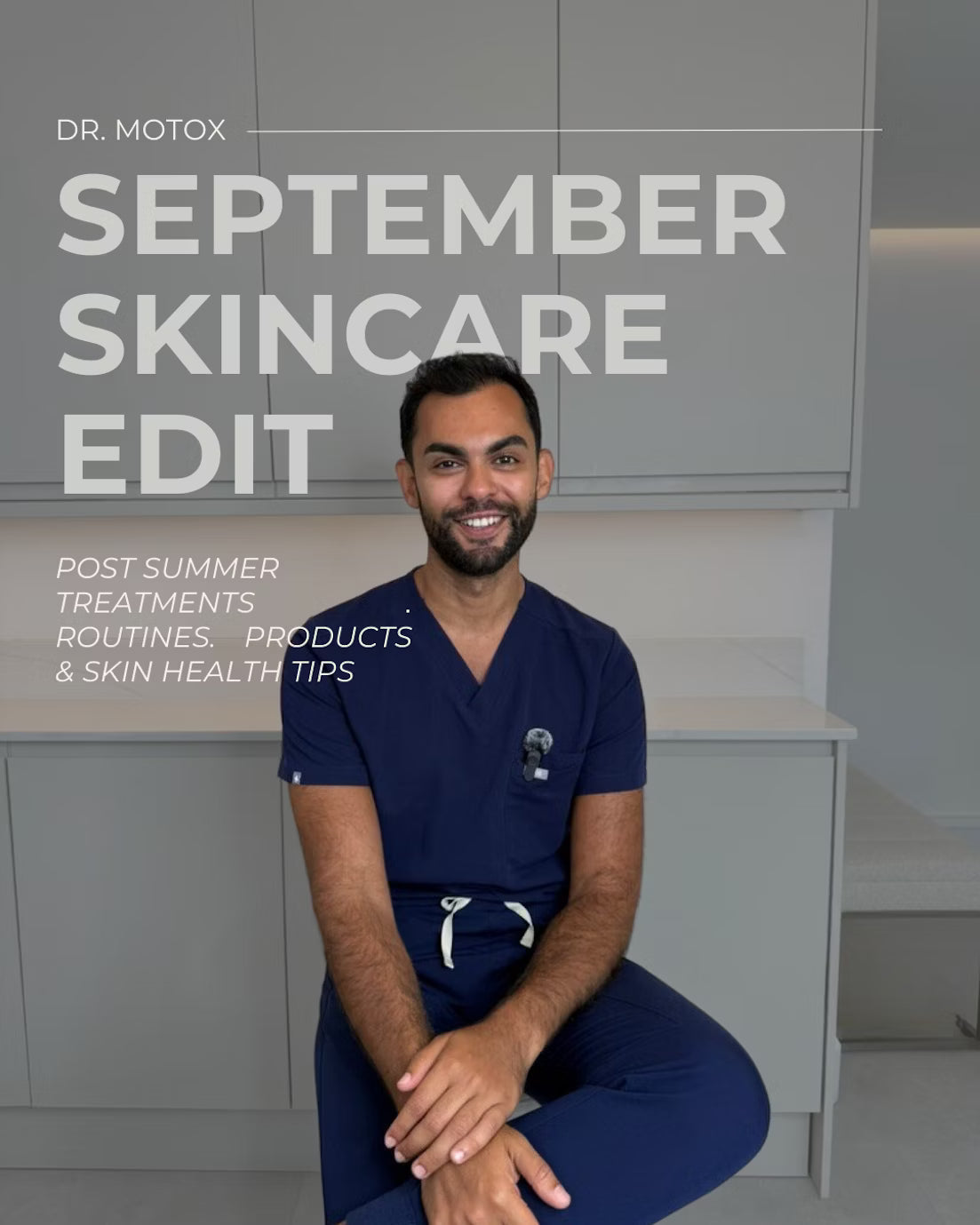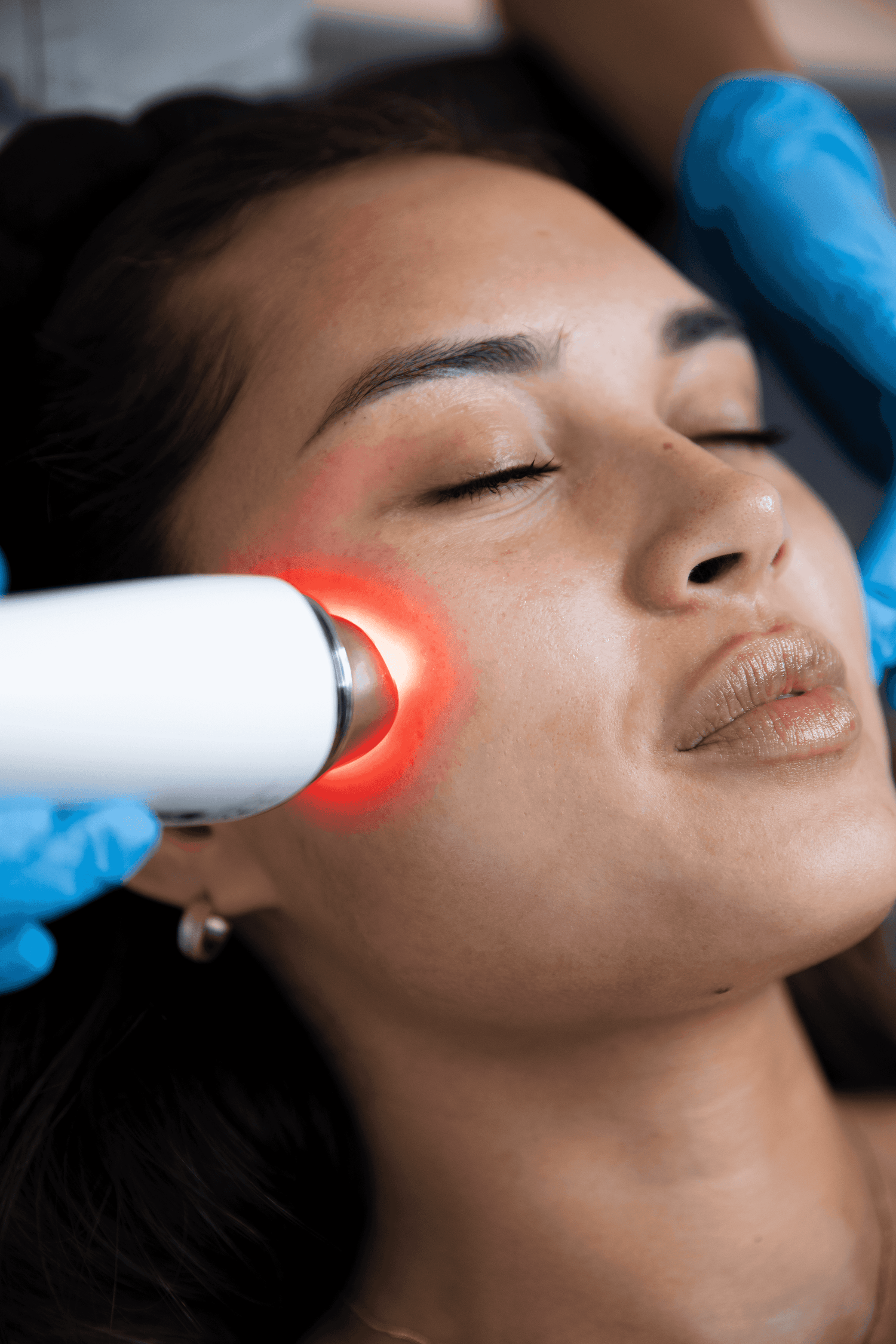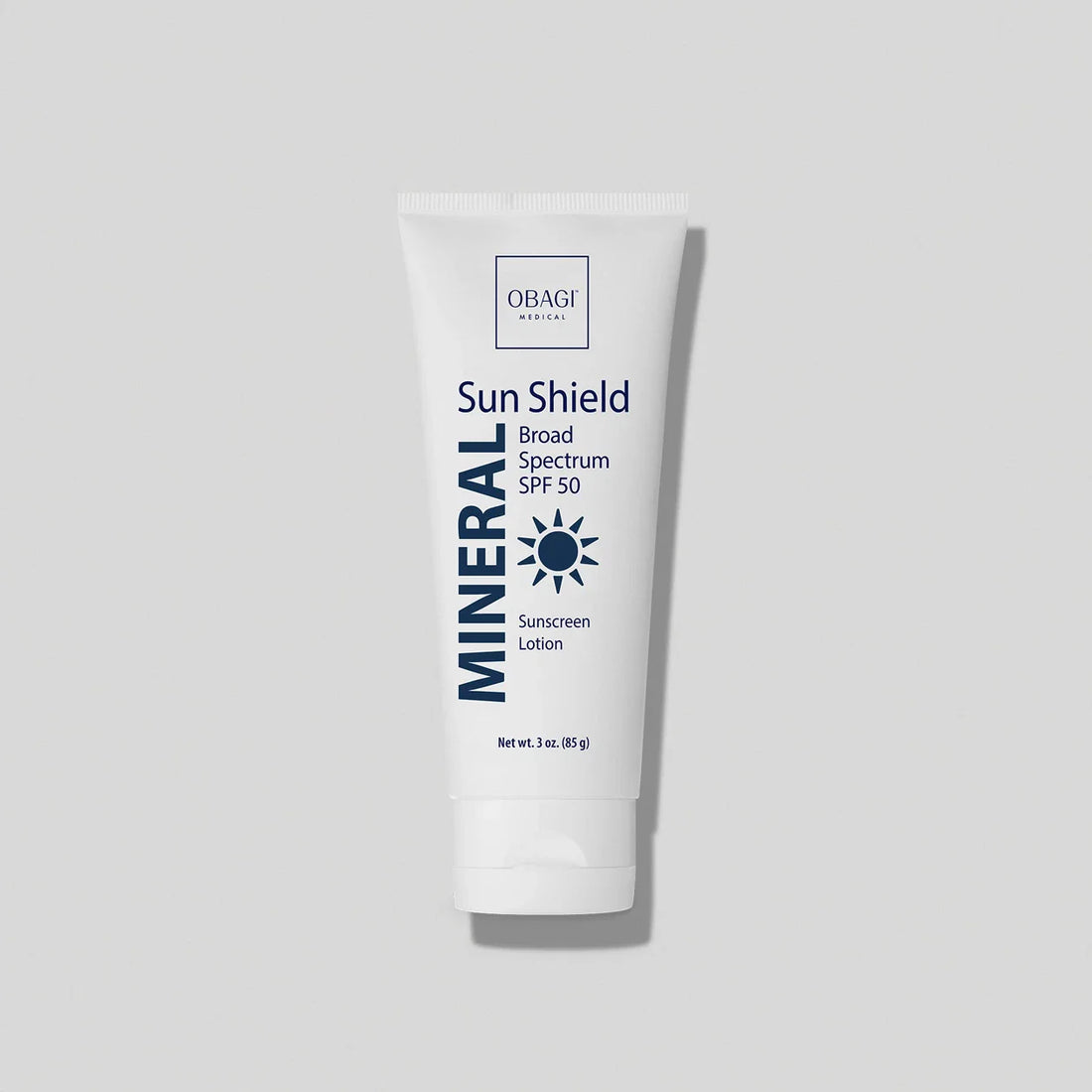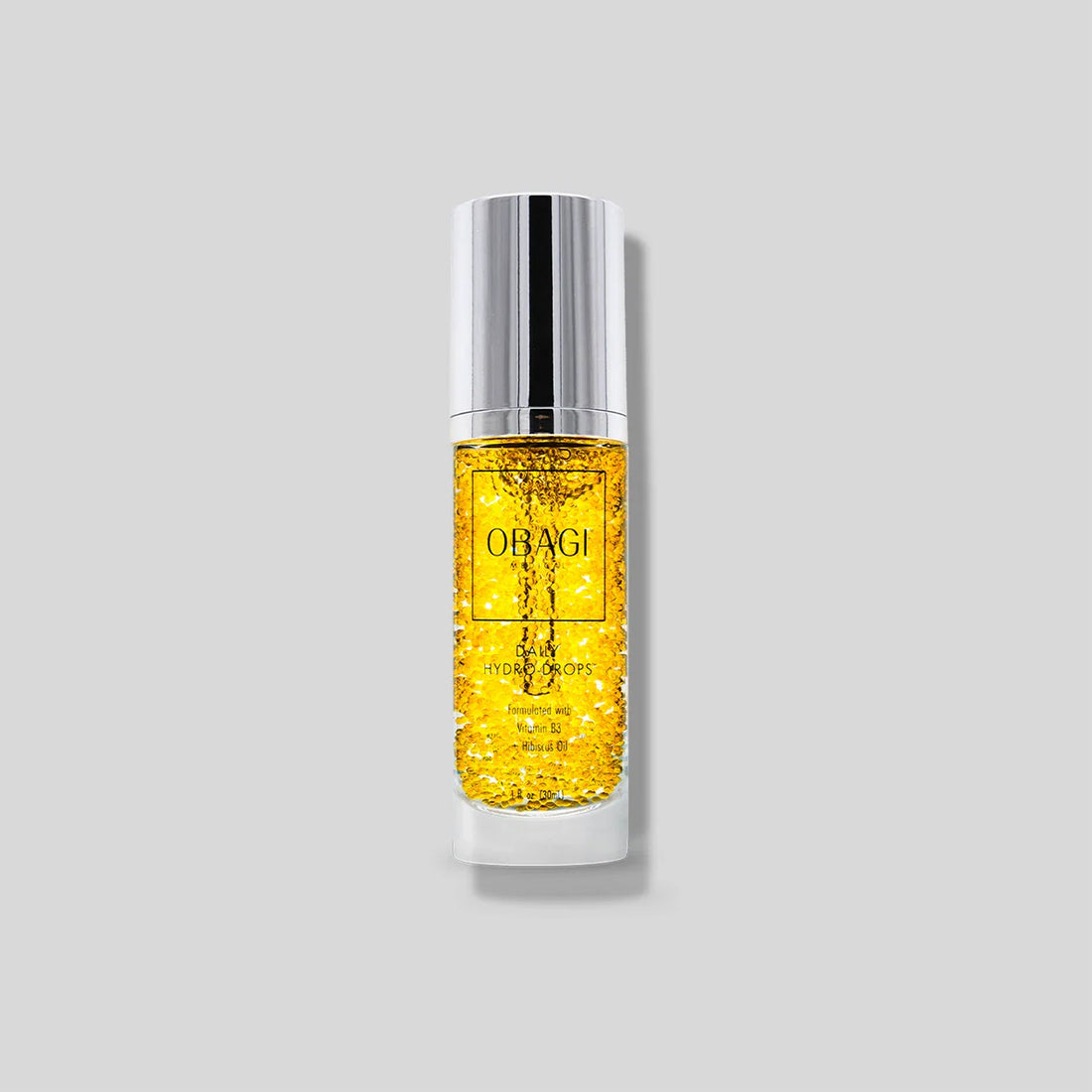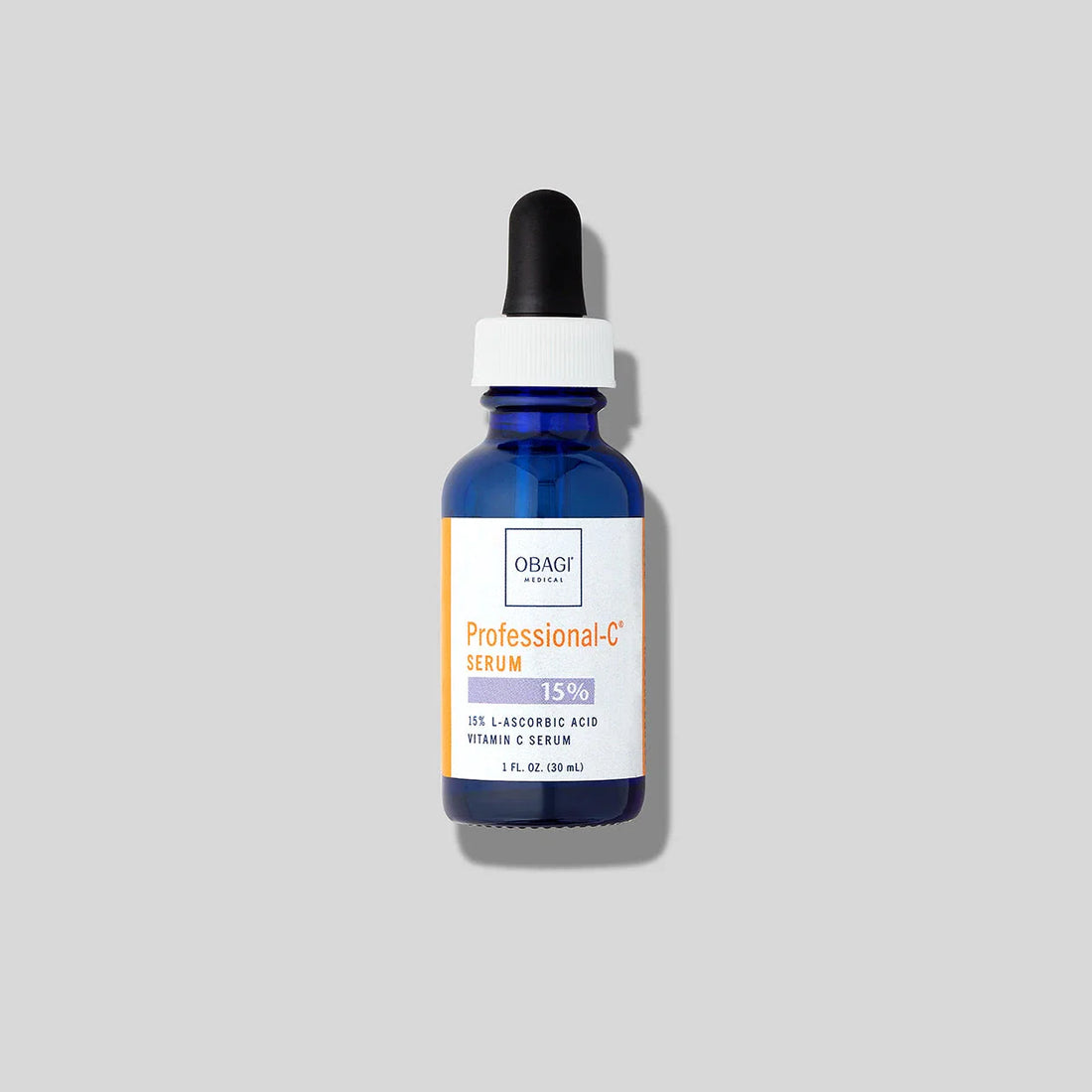Dermal fillers are a popular choice for enhancing natural beauty, reducing signs of aging, and restoring lost volume in areas like the lips, cheeks, and under-eyes. While the results are often stunning, one question remains top of mind for many people: Can dermal fillers be reversed if I’m not happy with the outcome?
The good news is that most dermal fillers are reversible—but the process depends on the type of filler used. In this blog, we’ll break down everything you need to know about reversing dermal fillers, including the procedure, timeframe, and key considerations.
What Are Dermal Fillers?
Before diving into reversibility, let’s briefly touch on what dermal fillers are. Most fillers, such as Juvederm and Restylane, are made from hyaluronic acid (HA), a naturally occurring substance in the skin that helps retain moisture and plumpness. Other fillers, like Sculptra, are made from alternative substances designed to stimulate collagen production.
Are Dermal Fillers Reversible?
The answer to this common question is: Yes, most dermal fillers are reversible. However, the ability to reverse them depends on the type of filler used:
-
Hyaluronic Acid (HA) Fillers: HA-based fillers are the most commonly used and can be reversed with an enzyme called hyaluronidase. This enzyme breaks down the hyaluronic acid quickly and safely, allowing the body to metabolise and remove it.
-
Non-Hyaluronic Acid Fillers: Fillers like Sculptra (poly-L-lactic acid) are not reversible in the same way. These fillers work by stimulating collagen production and naturally integrate into your skin over time. While adjustments can sometimes be made, full reversal is not typically an option.
How Does Dermal Filler Reversal Work?
If you’re unhappy with your results, your practitioner can use hyaluronidase to dissolve the hyaluronic acid filler. Here’s how the process works:
- Consultation: Your practitioner will assess the treated area and discuss your concerns.
- Hyaluronidase Injection: The enzyme is injected directly into the filler site.
- Results: The filler typically dissolves within 24-48 hours, though some cases may require multiple treatments for complete removal.
Key Considerations Before Choosing Dermal Fillers
- Choose a Qualified Practitioner: Reversing fillers requires expertise, so it’s essential to choose a medically trained professional who specialises in aesthetics.
- Start Small: If you’re new to fillers, start with a small amount to ensure you’re happy with the results.
- Understand the Product: Ask your practitioner about the type of filler being used and its reversibility.
- Consider Long-Term Results: Non-reversible fillers require a longer commitment, so weigh the pros and cons carefully.
The Bottom Line
For those wondering, “Is dermal filler reversible?” the answer is yes—but only if the right filler is chosen. Hyaluronic acid fillers can be quickly and effectively dissolved, offering peace of mind to those considering treatment. Non-hyaluronic fillers, on the other hand, require more careful consideration as they are not easily reversible.
If you’re considering dermal fillers, always consult with an experienced practitioner who can guide you through the options and tailor the treatment to your needs. At Dr Motox, we’re here to help you achieve natural, beautiful results you’ll love.



